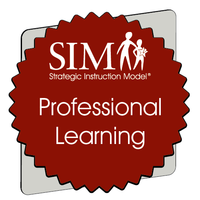The Word Mapping Strategy is especially useful for older students who need to quickly learn how to predict the meaning of unknown words. For struggling learners, this strategy is important because they often do not have a large lexicon from which to retrieve words and they do not know how to identify parts of words that have meaning. Implementation of this strategy includes five parts: a pre-test to determine students' skills, introducing morphemes and the strategy, practicing the strategy, determining progress with a post-test, and generalization. The teacher is key in promoting success with this strategy during planning and preparation of the strategy and in bringing excitement and commitment to the teaching process. This strategy supports the learning I am receiving around the science of reading in that it provides a way to teach the necessary skills in decoding word parts for meaning which lead to more fluency and better comprehension.













